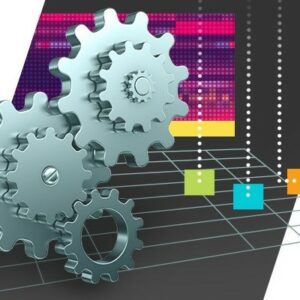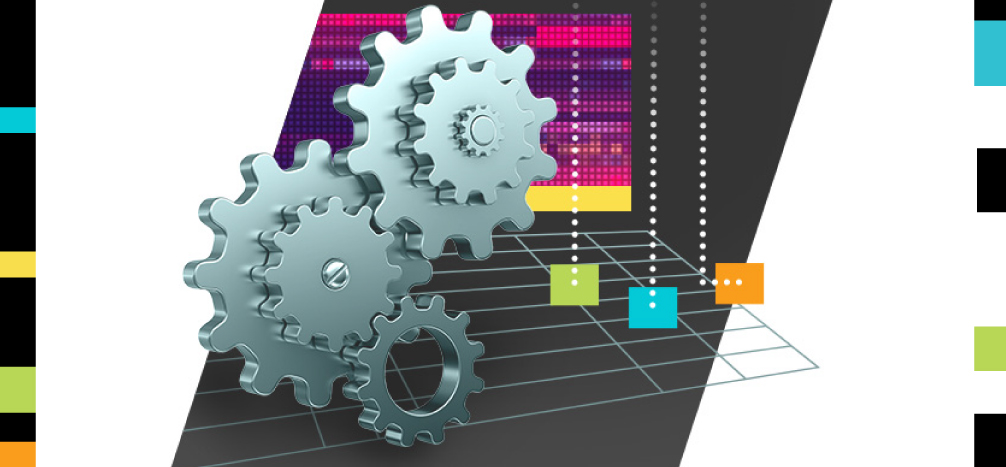When the U.S. National Science Foundation announced its intent to form a program dedicated to making next-generation networks more resilient, the message was clear. In an increasingly connected world, we can’t afford to have communication networks experience measurable levels of failure or degradation in the wake of a possible attack—we can’t even afford human error.
The Resilient and Intelligent Next-Generation Systems (RINGS) program came on the heels of the Department of Defense’s US$600 million investment in 5G technologies. Other industries, including mission-critical ones like healthcare and utilities, are also banking on next-gen telecommunications systems to advance everything from telemedicine to smart equipment management.
But to achieve true resilience, organizations must adopt approaches capable of going beyond traditional network monitoring and embrace new technologies. Solutions like AIOps and network observability can reduce the time it takes to identify and repair network failures, boosting network resiliency and performance.
What Is AIOps?
AIOps is the method of applying artificial intelligence and its components, including predictive analytics and machine learning, to IT operations. AIOps collects data from various sources and turns it into actionable intelligence, which organizations can use proactively to address and even anticipate certain situations—for example, signs of a network intrusion or service disruption.
 How Is AIOps Different From Traditional Network Monitoring?
How Is AIOps Different From Traditional Network Monitoring?
AIOps goes further than traditional network monitoring. Not only does the system provide organizations with predictive intelligence allowing systems to detect a potential problem before it occurs, it can also automatically respond to those problems without the need for IT’s involvement.
When IT needs to be involved, AIOps cuts through the noise by collecting data from connected resources (like sensors, cameras, other devices, and network elements). It streamlines information by reducing noise and identifies high-priority information so IT managers can focus on pressing items and not suffer from alert fatigue. In this way, AIOps provides the team with a high degree of observability of everything happening across their next-generation networks.
What Is Network Observability, and Why Is It Important?
Having the ability to observe the entire network gives IT managers a significant advantage for achieving true resiliency. Observability isn’t just about seeing what’s happening across the network; it’s about being able to use multiple data sets to quickly identify issues and fix them before they become disruptive. Instead of using only log data to track the root of a problem, organizations can leverage a combination of log data, application data, and other metrics.
Think of observability as being able to look to the left, center, and right:
- The left is the past—what happened on the network recently.
- The center is the present—what’s happening on the network right now.
- The right is the future—what will likely happen given what’s happened before and what’s currently taking place.
What someone sees when they look to the right is informed by the wealth of past and present data.
How Is Observability Different From Traditional Network Monitoring?
Network monitoring is a reactive measure; IT managers are alerted to issues as they happen. AIOps-based observability is an anticipatory measure. Therefore, it’s more likely to prevent challenges and preserve resiliency.
Plus, today’s networks are highly complex. They consist of in-house, on-premises, and hybrid clouds, and they’re continually changing. Managing them effectively and ensuring they continue to operate as expected requires an unfiltered viewpoint.
How Does All This Tie Into Performance?
With the emergence of 5G, the prevalence of smart devices, and the prospect of long-term remote work environments, our world is more connected than ever before. A single loss in connectivity can lead to minor inconveniences (such as when a social media site goes dark) or large-scale disruptions (like those resulting from an attack on a utility company).
AIOps and observability provide significant layers of protection against these disturbances. AIOps can help anticipate downtime and proactively remediate threats. Even if a problem arises, observability can help teams identify the problem quickly and trace it back to the source so networks can remain high-performing and resilient.
Visit our website for more information on network observability.







